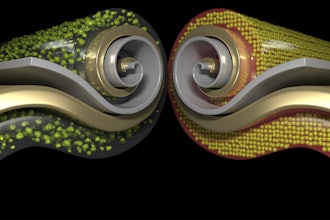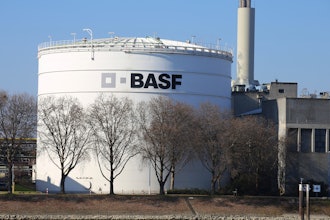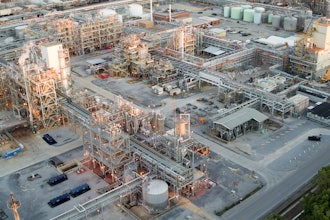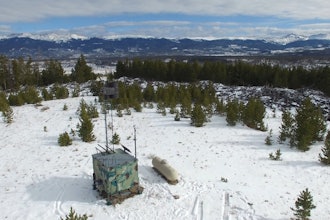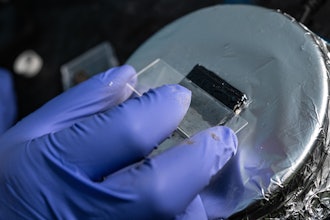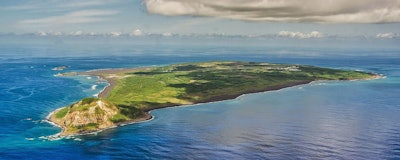
Hiding in the mud near a small island located 790 miles off the coast of Japan is a huge discovery that some are calling an economic game changer. The island is home to roughly 16 million tons of mud, which contain massive amounts of rare earth minerals—so much, in fact, that researchers are referring to the stores as “semi-infinite.”
Scandium, cerium, terbium, and yttrium are just a few of the elements contained in the rare earth minerals found in the mud, and these and others are used in a variety of technological instruments such as smartphones, missile systems, and radar devices.
For example, gadolinium, another element present in the mud, is used in magnetic resonance imaging (MRIs), and lanthanum is in carbon arc lights, which are used in the film industry for studio and projector lights.
Because of the multitude of applications of these elements, and because China currently controls about 95 percent of global rare earth mineral production, this discovery is expected to have a significant impact on our global economy. Japan will have total economic control over the new supply, disrupting China’s ability to be the sole entity setting rare earth mineral prices and availability.
To put the quantity found near the island in perspective, a paper published by Japanese researchers estimate that there is enough yttrium to supply the world for 780 years and enough terbium to last 420.
According to the US Geological Survey, this discovery is even more astounding because of how incredibly unlikely it is for these minerals to be “concentrated in exploitable ore deposits.”
The report goes on to comment that “most of the world’s supply comes from only a handful of course,” and that a shortage of the substances would “force significant changes in many technological aspects of American society.”
While this discovery could eventually provide a huge global opportunity as companies expand their sea floor mining technology, experts point out that there is still a lot to be learned about the consequences and challenges of this type of mining.
There will be a lot to consider moving forward, such as the island’s massive sea floor water gaps—up to 20,000 feet wide—that make reaching the mineral-rich mud difficult. For now, we will have to keep watch as international sea mining interest and technology expand.














